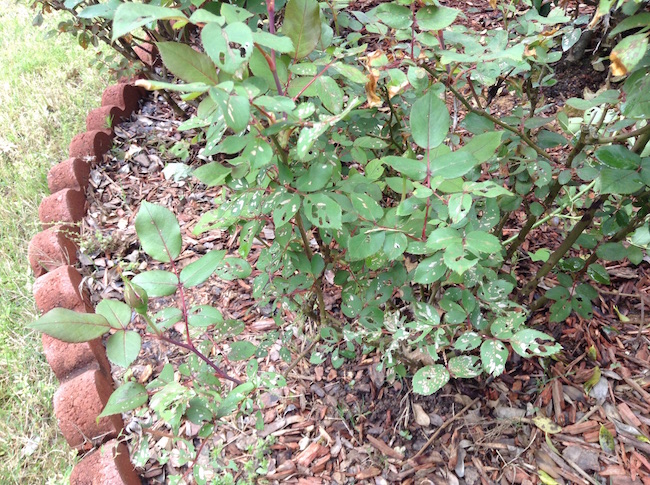 CAES News
CAES News
Rose Sawflies
Dozens of calls and samples of roses with a variety of leaf problems are coming into the University of Georgia Extension office in Bartow County. The most common problem diagnosed this year is injury caused by rose sawflies, also known as rose slugs.

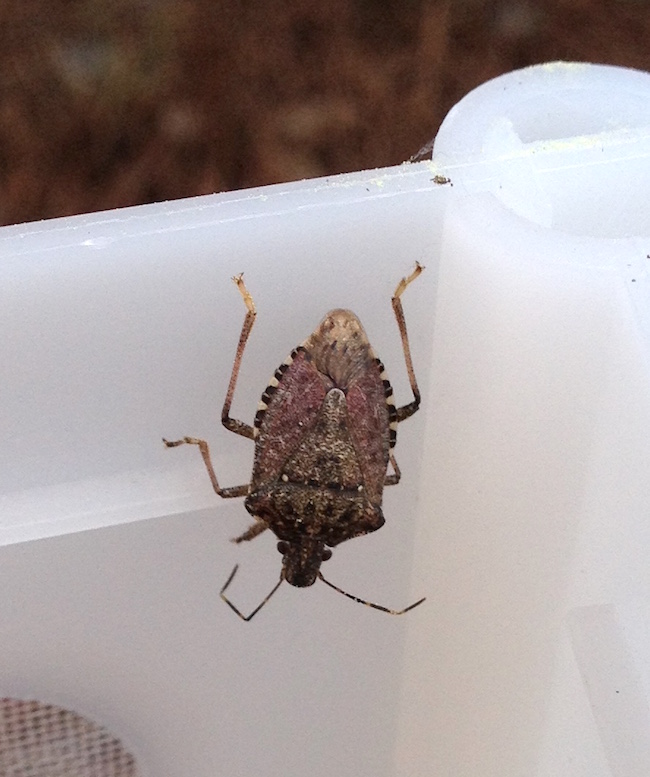

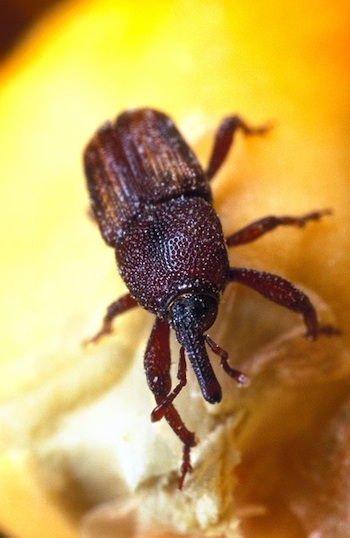

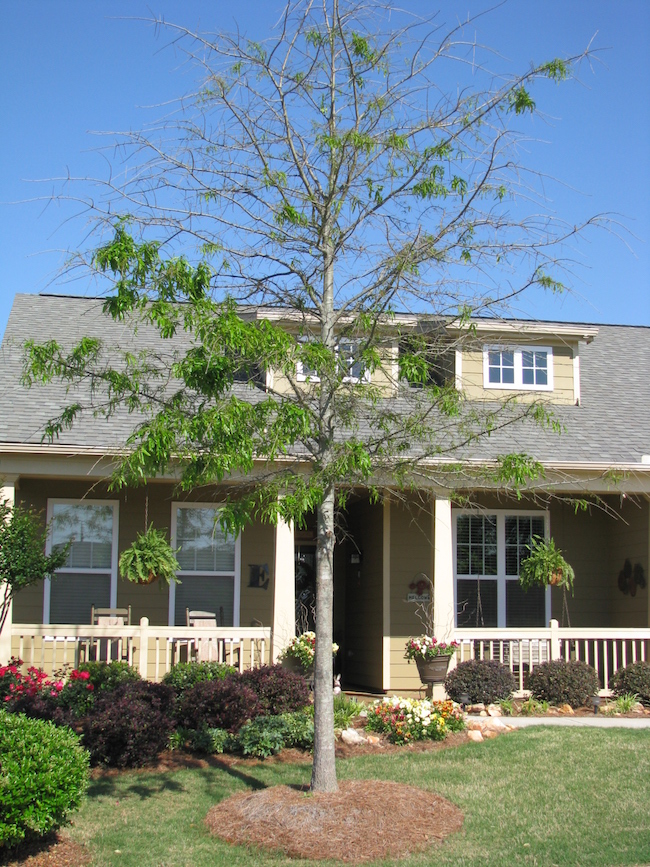
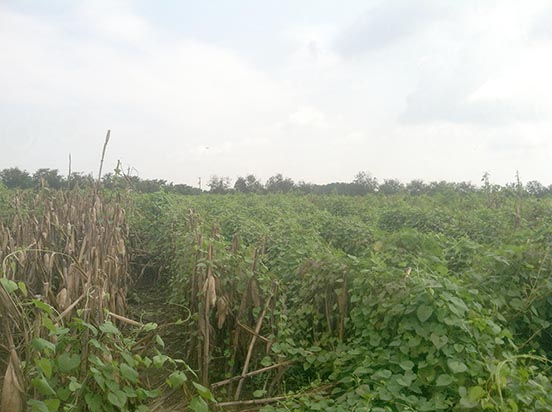
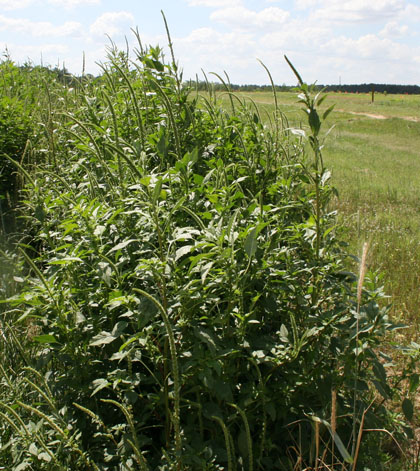
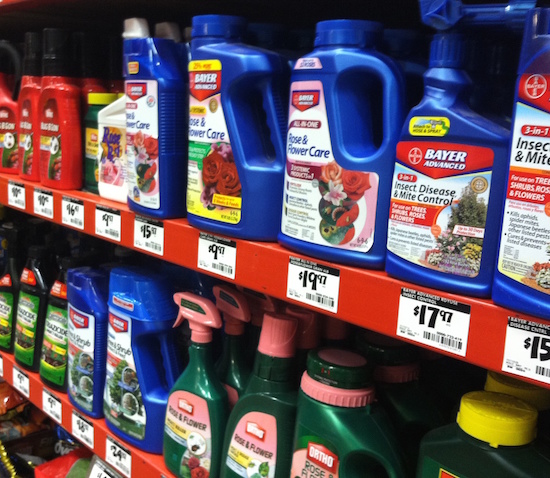
.jpg)